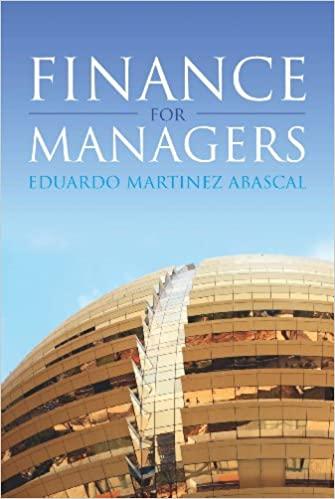Answered step by step
Verified Expert Solution
Question
1 Approved Answer
Suppose you deposit $2,800 at the end of year 1, nothing at the end of year 2, $780 at the end of year 3, and
Suppose you deposit $2,800 at the end of year 1, nothing at the end of year 2, $780 at the end of year 3, and $1,330 at the end of year 4. Assume that these amounts will be compounded at an annual rate of 14 percent.
Required:
How much will you have on deposit at the end of five years?
Note: Do not round PV factors and round your other intermediate calculations and final answer to the nearest whole dollar amount.
Step by Step Solution
There are 3 Steps involved in it
Step: 1

Get Instant Access to Expert-Tailored Solutions
See step-by-step solutions with expert insights and AI powered tools for academic success
Step: 2

Step: 3

Ace Your Homework with AI
Get the answers you need in no time with our AI-driven, step-by-step assistance
Get Started


